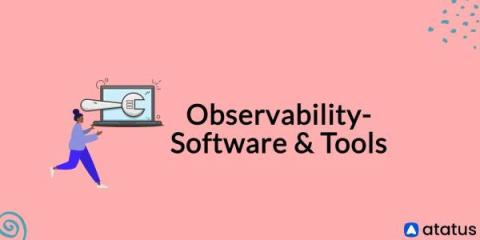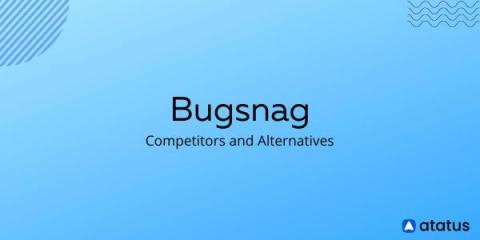Observability and Cyber Resiliency: Things You Need to Know
Every few years, the tech world either rebrands an old term or tries to find a way to use old technology to create new advancements. This rabbit hole is easy to fall into with observability, yet it is distinct from some of its predecessors.











